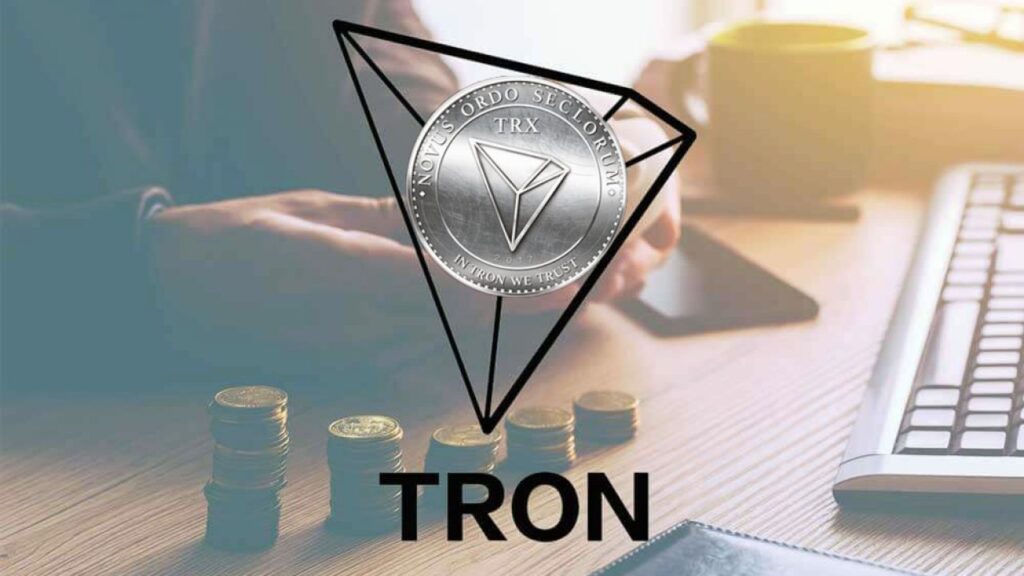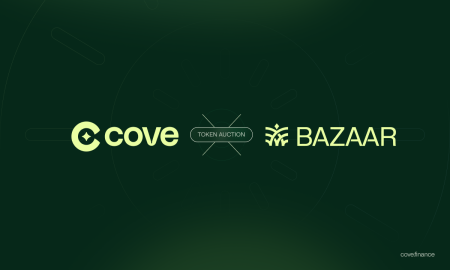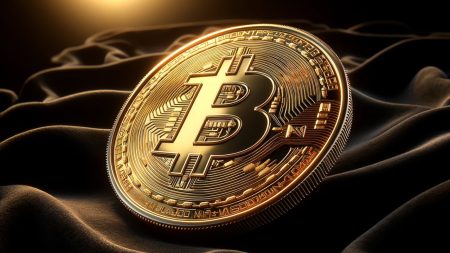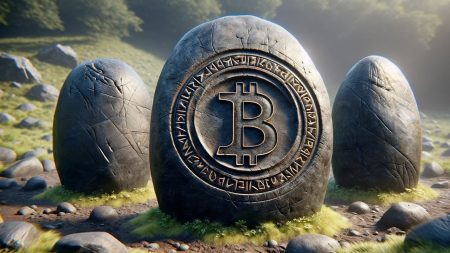TRC-20 is a token standard based on the implementation of smart contracts developed by the Tron (TRX) team. Tokens that follow this standard are called TRC-20 tokens. When this phrase is encountered for the first time, it brings to mind the ERC-20 tokens developed by Ethereum (ETH). The Tron network was inspired by this technology and created its own token standard. As it is known, Tron sees itself as a competitor of Ethereum. The Tron team aspires to provide users with all the services that are not provided or allegedly not well provided by Ethereum. Throughout this content, we will talk about the Tron network, the TRC-20 token standard, and the security aspects associated with them. Let’s take a closer look at TRC-20, which is frequently used in transfers between two different crypto wallets.
In this article, we will answer questions such as Trust wallet TRC20, TRC20 wallet, is TRC20 reliable.
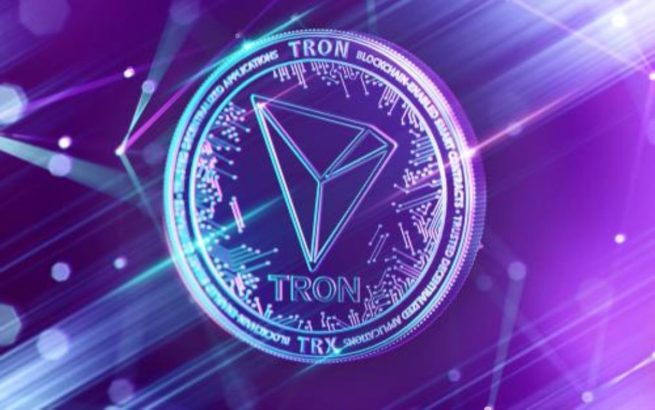
TRC-20 is a technical innovation originally developed by the Tron team and anticipated to be adopted by many cryptocurrency projects. Thanks to this technical facility, anyone in the cryptocurrency community will be able to easily issue their own tokens over the Tron network. We can liken this service to the ERC-20 token standard offered by the Ethereum (ETH) network. As it is known, the Tron team aims to become a better platform by designing better services offered on the Ethereum network. As a result of its efforts in this direction, the TRX network, the competitor of the ETH network, appears before us. The TRC-20 token standard can also be defined as one of the opportunities offered to users in the TRX network.
What is TRON Network?
Known as one of the altcoins traded in the crypto money market, Tron (TRX) first started its activities on the Ethereum (ETH) network. This crypto money, which continued its operations at full speed in line with certain thoughts and ideals, later left the ETH network and gave life to its own main network, that is, its own different blockchain. The name of this new blockchain is called the Tron network. In other words, TRX, which released the TRX-20 protocol that is the subject of this content, was once an ERC-20 token. Now TRX has its own blockchain and hosts many projects within this network. We can understand from this example that the crypto money market has a natural mechanism against monopolization. While the leading altcoin Ethereum (ETH) has such a large and huge network, there are many projects that can compete with it. These projects can perform better than the ETH network in terms of certain features. On the other hand, we see that there are many projects operating in the market with the aim of developing the Ethereum network and eliminating the deficiencies in this network. This proves that the ETH network is in a dynamic structure that constantly develops itself.
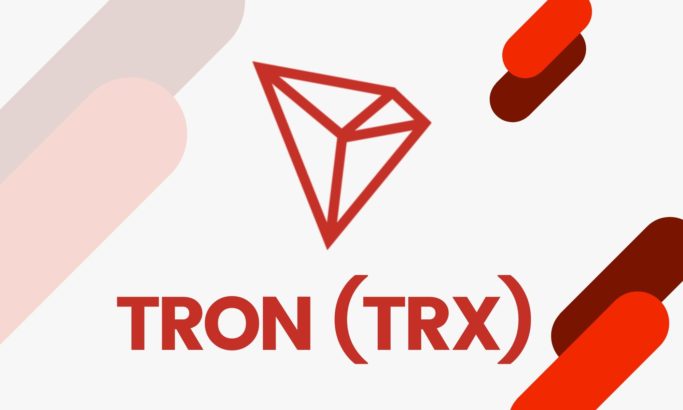
What Is TRC-20 Used For?
It is enough to take a look at the Ethereum (ETH) network to understand how the Tron (TRX) network operates and what it is used for. To summarize, the Tron network is an innovative platform that aims to host new crypto money projects and transfers the opportunities offered by blockchain technology to new projects. On the other hand, the crypto money TRX coin used in this network is also used for users to transfer their values to each other, that is, to make payments. It should be underlined that this cryptocurrency offers very fast and low-cost payment opportunities. In addition to these, the Tron network has the potential to host many crypto money projects. TRC-20 is known as a token standard offered to users in this network. The TRC-20 standard is used by entrepreneurs in the cryptocurrency market to bring new projects to life. In other words, developers can introduce new tokens to the market by following this standard.
Is TRC-20 Reliable?
Is it safe to introduce new coins to the market using the TRC-20 token standard? Does using TRC-20 tokens pose a security threat? To answer such questions, let’s take a look at the structure of the Tron network and the possibilities offered by the TRC-20 token standard. Tron network is a large platform independent of other blockchains in the market. TRX, which first started its transactions on the Ethereum (ETH) network, then decided to start a new network with a decision made by the team. As a result, the Tron blockchain as we know it today was created. The Tron network has since signed many successful partnerships and has been adopted by many users. An example of this is the Bittorrent token (BTT), which is very popular in the market.
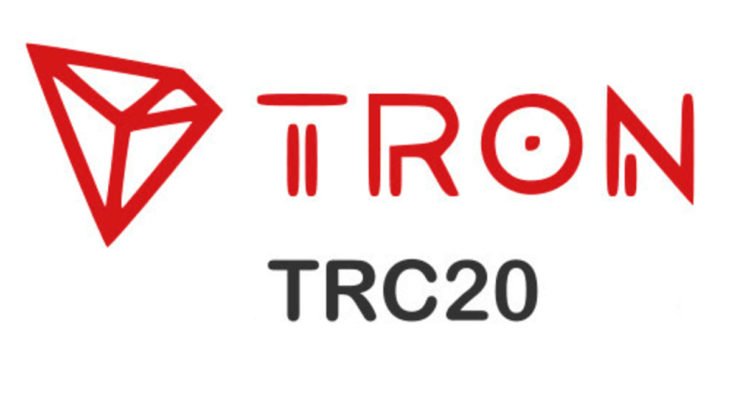
Tron (TRX), which aims to offer the possibilities of the Ethereum (ETH) network in better terms than it, of course, is very meticulous about security. The more secure the ETH network powered by blockchain technology is, the more secure the Tron network has worked to make itself a secure platform. As a result, it was able to include TRC-20 tokens, which offer many opportunities to its users, on its platform. TRC-20 tokens make it possible for users to exchange tokens through decentralized applications (dApps) and make peer-to-peer payments through a decentralized network. It has been made as simple as possible for developers to bring a TRC-20 token to life on the Tron network. Detailed data on the subject is available on the Tron network’s own web page.
Some Considerations When Using TRC-20
Cryptocurrency lovers should always pay attention to some issues when trading in the market. One of these issues is the necessity of doing research before investing. Cryptocurrency market is a market that can involve quite large risks. Therefore, it is recommended that investments to be made in this field should be based on realistic evaluations and detailed research, not on hearsay or horse racing-like predictions. On the other hand, users have to follow some requirements put forward by the TRX team when trading with TRC-20 tokens. When these are not fully fulfilled, there are problems in the operations that can be done. In this context, it can be criticized that the TRC-20s are somewhat complex to use. This situation is reflected as a minus to the number of the Tron network. It can be thought that users may turn to easier-to-use alternatives.

